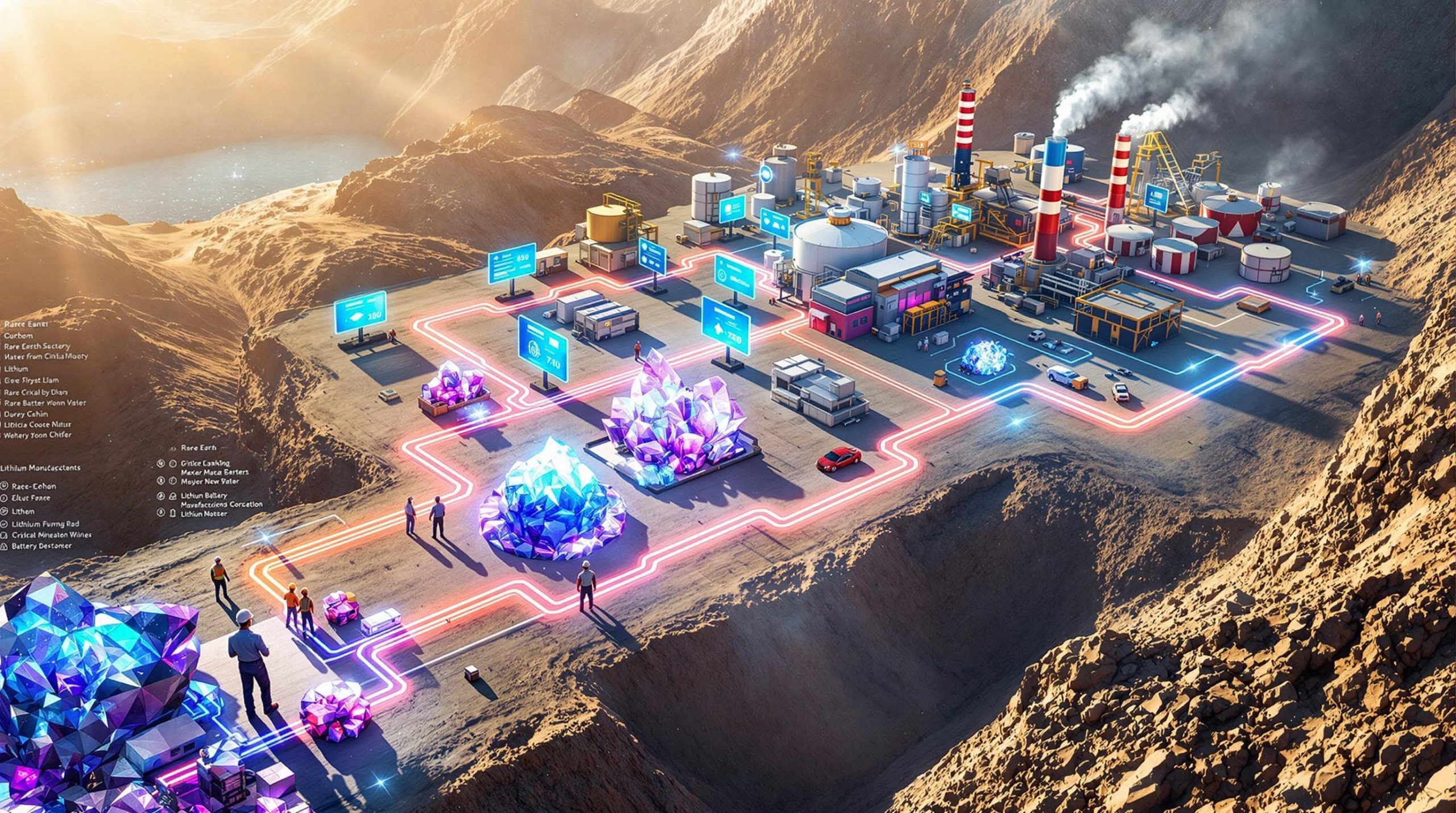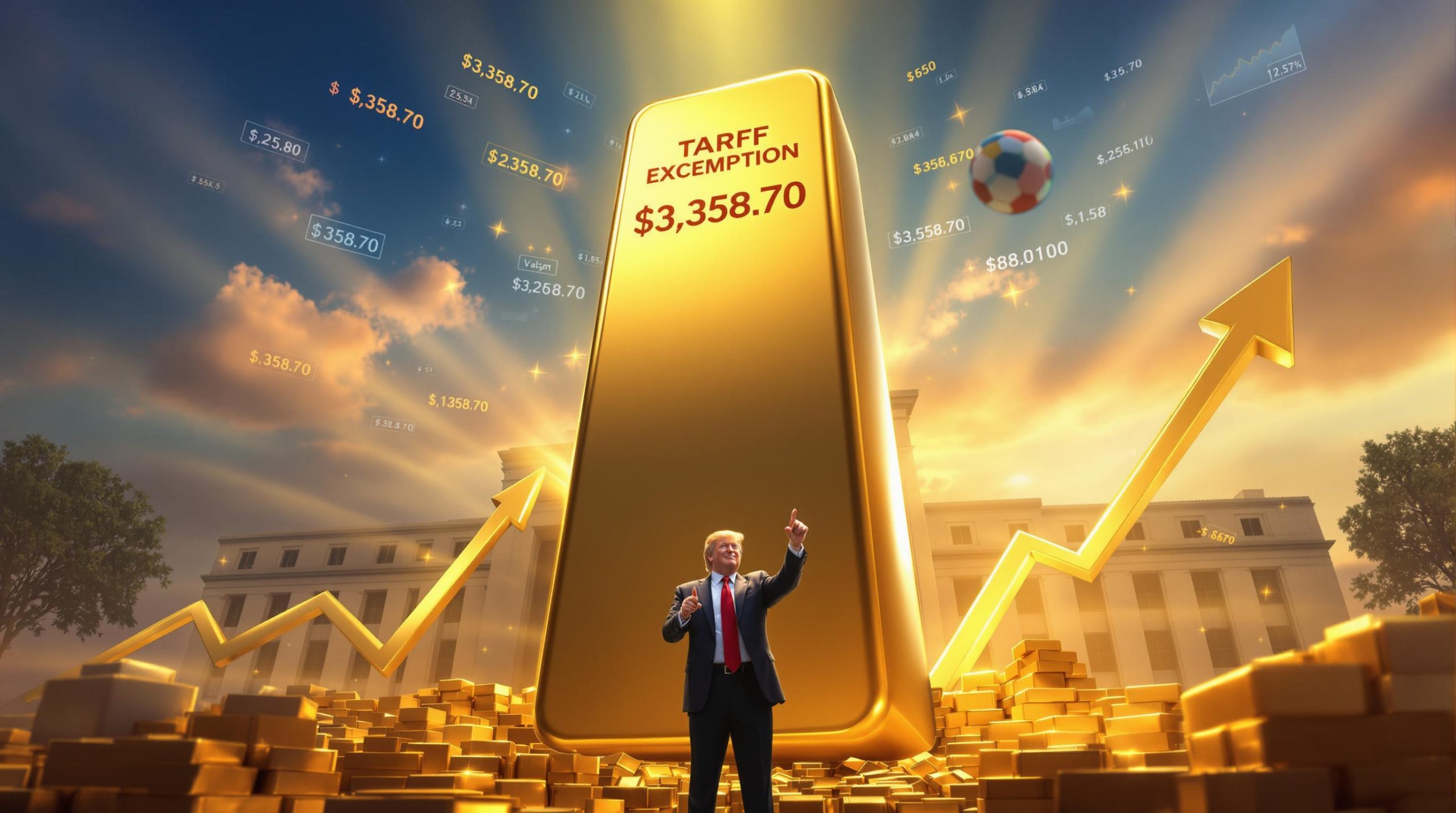Russia Captures Village in Eastern Ukraine Near Strategic Lithium Deposit
In a significant development with both military and resource implications, Russian forces have seized control of a small eastern Ukrainian village that holds unexpected strategic value beyond its geographical position. The village of Shevchenko has become the latest contested territory in the ongoing conflict, with its capture highlighting how critical mineral resources increasingly influence military objectives in modern warfare.
What Happened in Shevchenko, Ukraine?
Russian troops successfully captured the village of Shevchenko in eastern Ukraine's Donetsk region on June 26, 2025, according to the Russian Defense Ministry and Russian-backed officials in the area. The military operation also secured the nearby settlement of Novoserhiivka, expanding Russian territorial control along this section of the frontline.
The village sits on the border with the Dnipropetrovsk region, but its strategic value extends far beyond its geographical position. What makes this small settlement particularly significant is what lies beneath it.
The Hidden Value Beneath the Village
According to Igor Klimakovsky, a Russian-appointed official in Donetsk quoted by TASS news agency, the presence of a substantial lithium deposit was a key factor in Ukraine's determined defense of the area.
"This was one of the reasons why the Ukrainian armed forces sent a huge number of their soldiers to hold it," Klimakovsky stated, highlighting the resource-driven nature of the military engagement.
The fierce resistance encountered by Russian forces indicates the strategic importance Ukraine placed on maintaining control of the area, though specific Ukrainian casualties or troop deployments remain unverified due to the ongoing conflict.
Ukrainian military blog Deep State's open-source mapping confirmed Russian control of the settlement, though official Ukrainian sources had not immediately commented on the situation at the time of reporting.
Why Does This Lithium Deposit Matter?
The lithium deposit near Shevchenko represents a significant geological find that dates back decades but has gained renewed strategic importance in today's technology-driven global economy.
Historical Discovery with Modern Significance
Soviet geologists first identified the lithium deposit in 1982, recognizing its potential commercial value. According to the Ukrainian Geological Survey, the deposit covers approximately 40 hectares on the eastern outskirts of Shevchenko and is situated at a depth that makes commercial extraction economically viable.
While specific ore grades have not been publicly disclosed, the deposit's location at a "mineable depth" suggests favorable extraction conditions compared to deeper, more technically challenging deposits elsewhere in the region.
Global Context of Lithium Resources
Ukraine possesses approximately 500,000 tons of lithium reserves, while Russia has roughly double that amount at about 1 million tons, according to US government estimates. These figures place both countries as meaningful but not dominant players in the global lithium landscape.
For context, major producers like Australia (2.8 million tons), Chile (9.3 million tons), and China control significantly larger resources and active production capacity. However, in the emerging battery metals landscape, even mid-sized deposits can represent significant strategic assets as the world transitions to electric vehicles and renewable energy storage.
How Does This Fit Into the Broader Conflict?
The capture of Shevchenko represents more than just a shift in territorial control—it highlights how resource security increasingly influences military objectives in modern conflicts.
Contested Territory in a Larger Power Struggle
The village is located in Donetsk, one of four Ukrainian regions that Moscow has claimed as Russian territory through formal annexation declarations, along with Crimea. These territorial claims have been widely rejected by Kyiv and Western powers as illegal under international law.
The contested nature of these regions creates significant uncertainty regarding resource sovereignty. Under international legal frameworks, including United Nations resolutions on territorial integrity, resources within annexed territories legally remain the property of the internationally recognized sovereign state—in this case, Ukraine.
Verification Challenges in Conflict Reporting
Independent verification of battlefield developments remains exceptionally challenging in active conflict zones. While Russian sources announced the capture, and Ukrainian military blogging resource Deep State's open-source mapping showed Shevchenko under Russian control, official Ukrainian sources had not immediately commented on the situation.
This information gap exemplifies the "fog of war" that often surrounds territorial changes in contested regions, particularly when strategic resources are involved.
What Are the Strategic Resource Implications?
The lithium deposit at Shevchenko represents a valuable asset in the global transition toward renewable energy and battery-dependent technologies.
Lithium's Critical Role in Modern Technology
Lithium has become an increasingly coveted global resource due to its essential role in lithium-ion batteries, which power everything from smartphones to electric vehicles. As countries worldwide accelerate their shift away from fossil fuels, battery metals like lithium have gained strategic importance comparable to oil resources in previous decades.
The global lithium market outlook has experienced significant price volatility in recent years, with prices fluctuating based on supply constraints, demand projections, and geopolitical factors. Control over lithium deposits represents significant economic leverage in international markets increasingly focused on energy transition technologies.
Development Plans Amid Conflict
Russian-backed officials have indicated intentions to develop the lithium deposit "when the situation permits," suggesting potential future exploitation of these resources. However, any development would face significant challenges:
- Sanctions risk for companies involved in resource extraction in contested territories
- International legal challenges to ownership and development rights
- Technical extraction challenges in a conflict-affected region
- Investment uncertainty due to the disputed territorial status
These barriers make immediate development unlikely, but the strategic value remains for long-term planning purposes.
How Has Information Been Managed About This Area?
The reporting around Shevchenko illustrates how information itself becomes contested in modern conflicts, particularly when strategic resources are involved.
Clarifying Misinformation
There has been documented confusion in reporting about Shevchenko. Parts of the Russian press incorrectly claimed in January 2025 that the Shevchenko lithium deposit had already been captured, mistakenly conflating it with another settlement of the same name elsewhere in the region.
This error highlights the challenges of accurate information dissemination during active conflicts, especially when multiple locations share similar names—a common occurrence in the region due to Soviet-era naming conventions that honored cultural figures across multiple settlements.
The TASS news agency later issued clarifications about the distinction between the two locations, though the initial incorrect reports had already circulated widely.
What Are the Broader Implications for Critical Minerals?
The situation in Shevchenko exemplifies a growing trend where critical mineral resources increasingly influence military and strategic objectives in modern conflicts.
Critical Minerals as Strategic Assets
Control over lithium and other battery metals may become more prominent factors in territorial disputes as global demand for these resources continues to grow exponentially. The International Energy Agency projects lithium demand could increase by 40-fold by 2040 under sustainable development scenarios, creating intense competition for secure supply chains.
While Ukraine's lithium reserves (approximately 500,000 tons) represent just 0.5% of estimated global reserves, every new development or production capacity matters in a tight supply market increasingly concerned with supply chain security and geographical diversification away from dominant producers.
Supply Chain Vulnerabilities
The Shevchenko situation highlights vulnerabilities in critical mineral supply chains that depend on politically unstable regions. Companies and countries seeking to secure battery metal supplies must increasingly factor geopolitical risk into their sourcing strategies.
Recent Argentina lithium insights show that countries with stable lithium resources are becoming increasingly attractive to investors. Furthermore, developments in Australia lithium innovations indicate a growing focus on secure supply chains from politically stable regions.
Supply Chain Security Disclaimer: Future lithium supply projections involve significant uncertainty due to geopolitical factors, technological developments, and market conditions. Investors and policymakers should consider multiple scenarios when making long-term planning decisions.
For manufacturers of electric vehicles, energy storage systems, and consumer electronics, this reinforces the need for:
- Diversified supply sources across multiple geographies
- Investment in recycling technologies to reduce primary resource dependence
- Research into alternative battery chemistries with different material requirements
- Careful due diligence regarding the origin of critical minerals
Legal and Economic Questions Surrounding Resource Development
The situation raises complex questions about resource development rights in contested territories that will likely remain unresolved in the near term.
International Legal Framework
Under international law, resources in territories annexed through internationally unrecognized means remain the legal property of the sovereign state from which they were taken. This creates significant legal uncertainty for any potential development.
The Organization for Economic Cooperation and Development (OECD) Due Diligence Guidance for Responsible Supply Chains of Minerals from Conflict-Affected and High-Risk Areas provides frameworks that would classify minerals from such regions as "conflict minerals" requiring enhanced scrutiny.
Economic Viability Concerns
Even setting aside legal questions, development of the Shevchenko deposit would face significant economic challenges:
- Security costs associated with operating in an active conflict zone
- Infrastructure damage affecting transportation and processing facilities
- Skilled labor shortages due to population displacement
- Insurance premiums reflecting heightened operational risks
- Compliance costs related to sanctions and conflict mineral regulations
These factors would substantially increase the effective cost of extraction compared to deposits in stable regions, potentially rendering development economically unviable despite the geological favorability of the deposit.
Looking Forward: Critical Minerals in Geopolitical Context
The Shevchenko situation represents a microcosm of larger trends reshaping resource geopolitics in the energy transition era.
As countries and companies worldwide race to secure battery metals for electric vehicle production and renewable energy storage, deposits previously considered marginal are gaining new strategic significance. This trend suggests that mineral-rich regions may increasingly become focal points in territorial disputes and security planning.
For Ukraine, the loss of potential lithium production capacity represents one small piece of a much larger economic impact from the ongoing conflict. However, it serves as a reminder that modern conflicts increasingly involve competition not just for territory, but for the strategic resources that territory contains.
The development of projects like the Thacker Pass lithium mine in the United States and advances in geothermal lithium extraction technologies in Europe indicate how countries are increasingly prioritizing domestic production to reduce dependence on potentially unstable supply regions such as those affected by conflict.
Disclaimer: This analysis involves forecasts and speculation about future developments that may be affected by unpredictable factors including military developments, political decisions, and market conditions. All projections should be treated as possibilities rather than certainties.
Ready to Receive Immediate Alerts About Critical Mineral Discoveries?
Stay ahead of the market with real-time notifications on significant ASX mineral discoveries like lithium, powered by Discovery Alert's proprietary Discovery IQ model. Explore how major mineral discoveries can lead to substantial returns by visiting our dedicated discoveries page and begin your 30-day free trial today.




